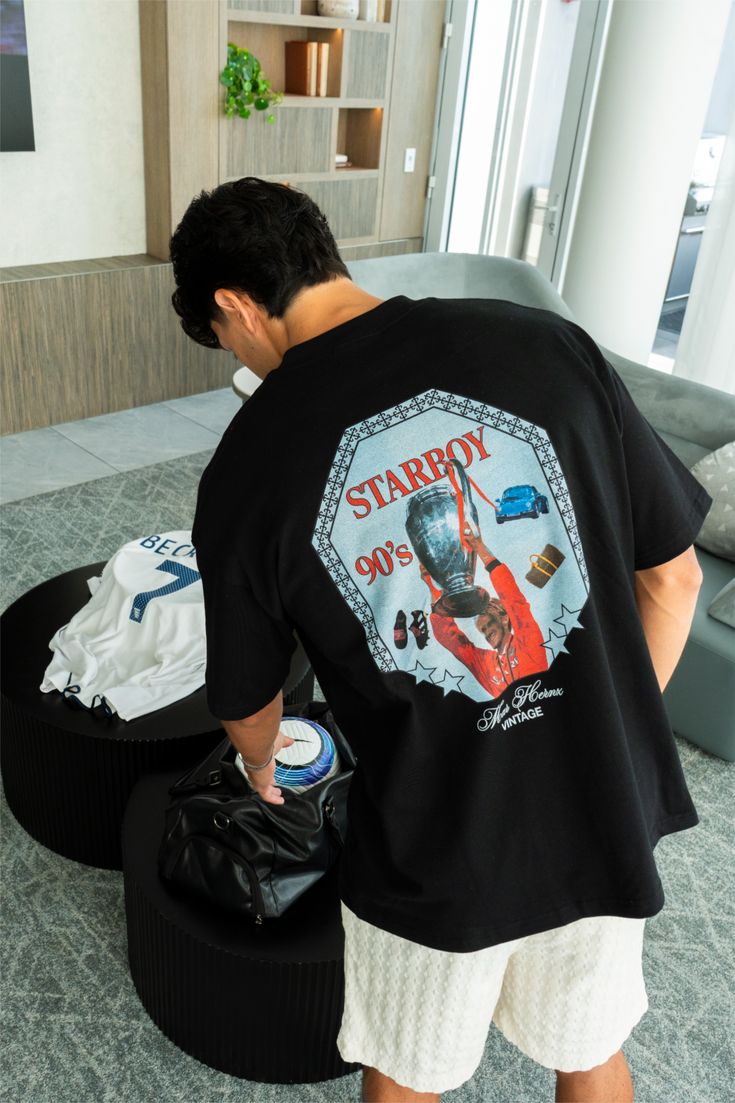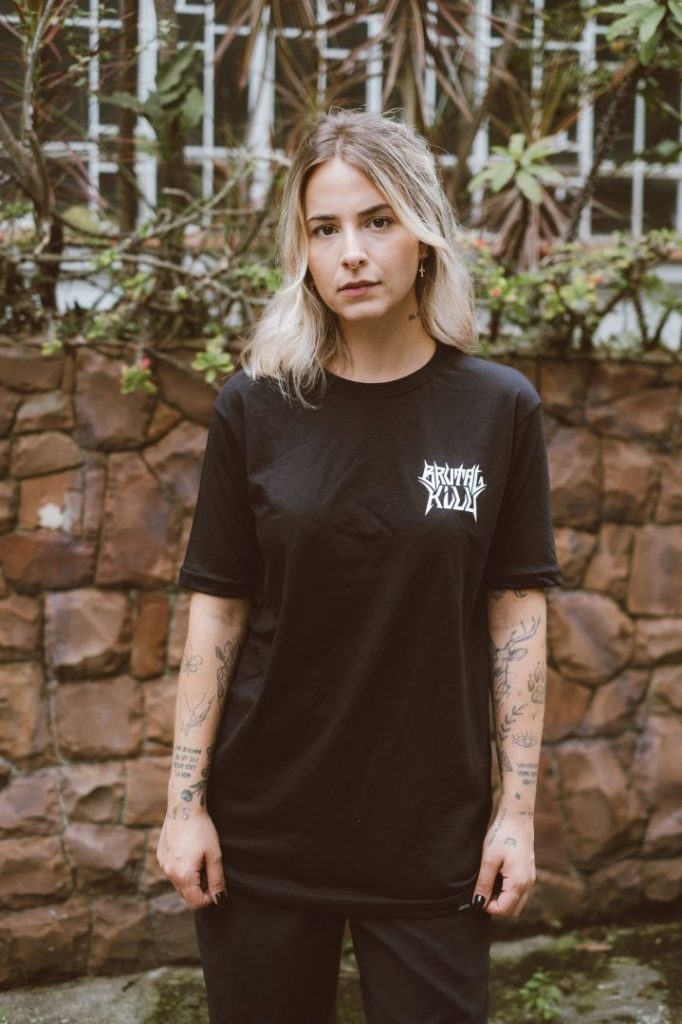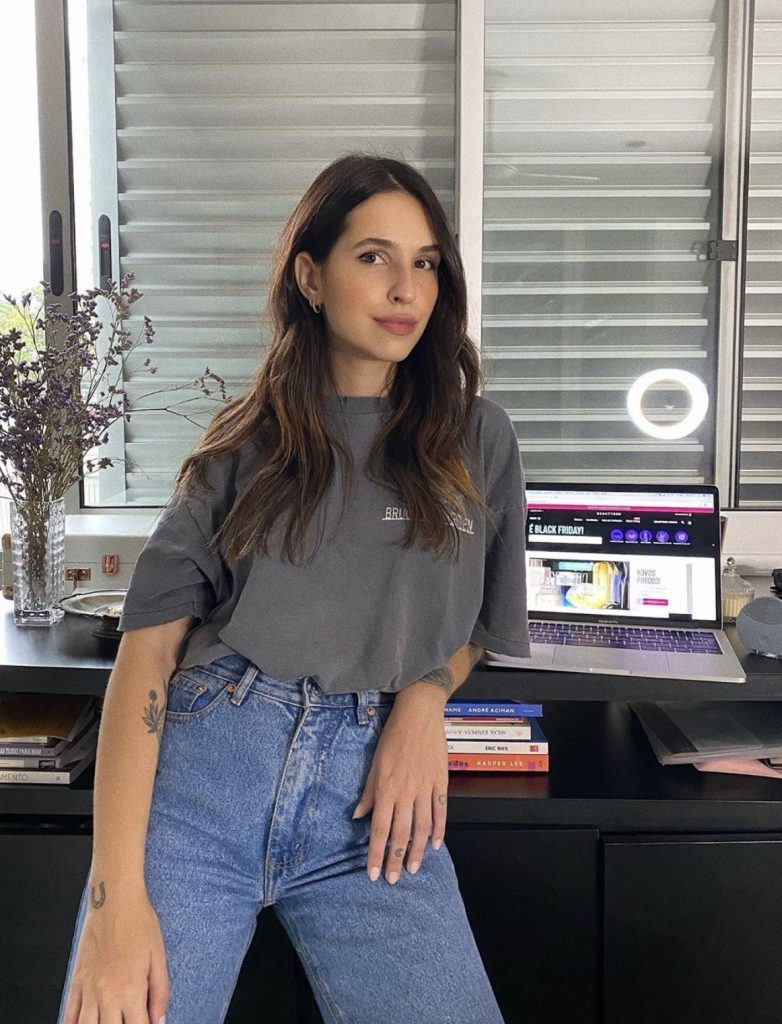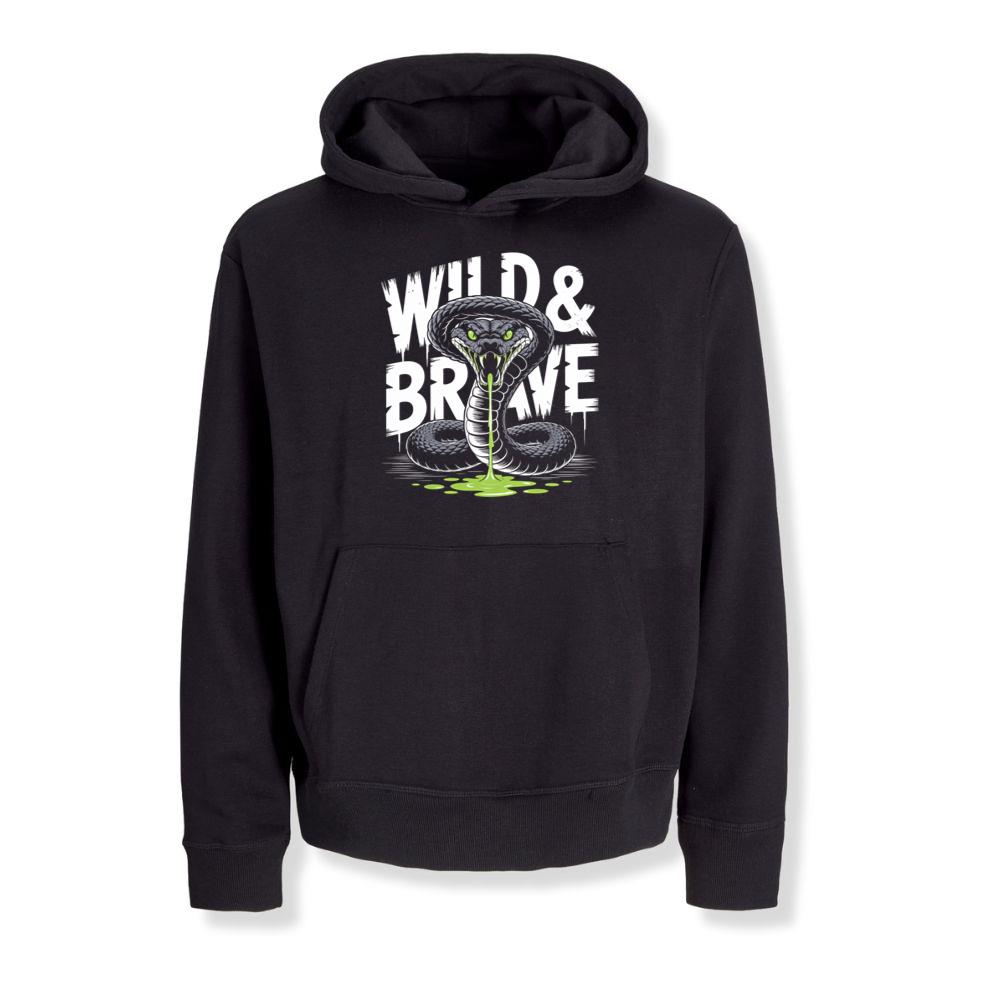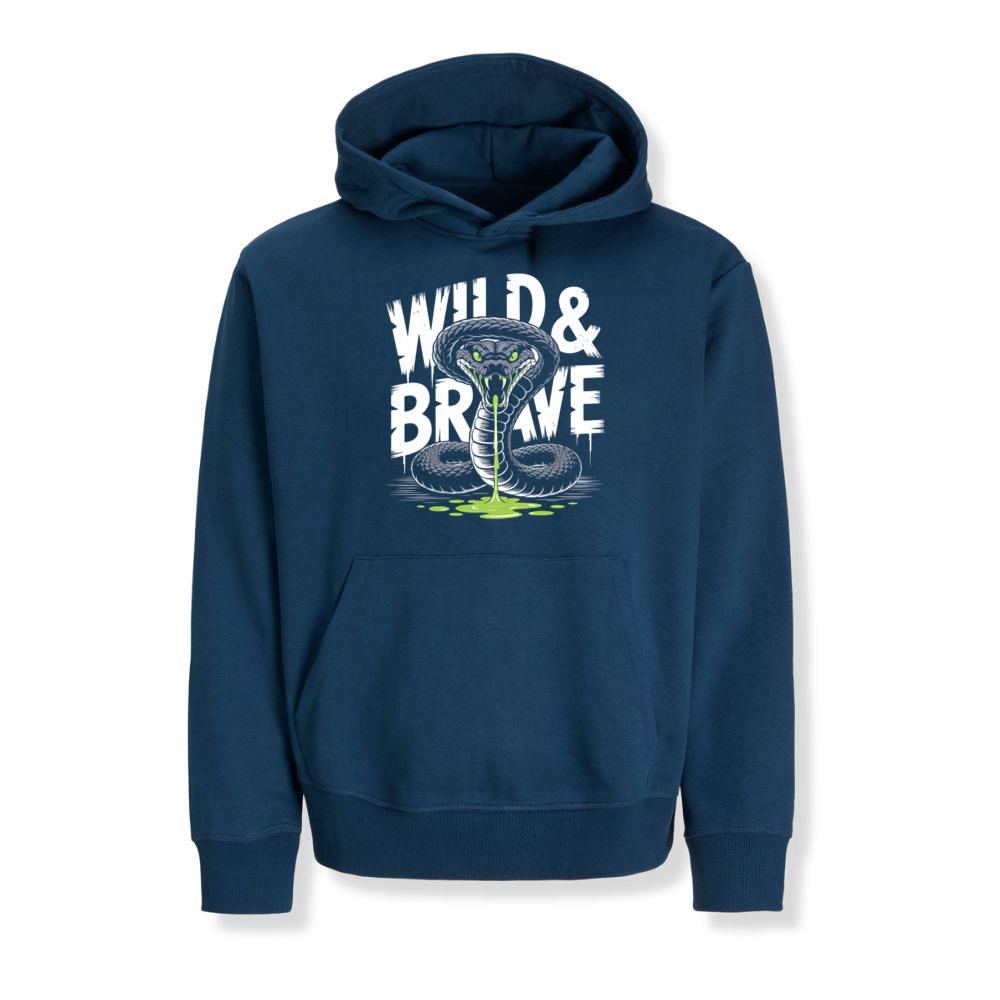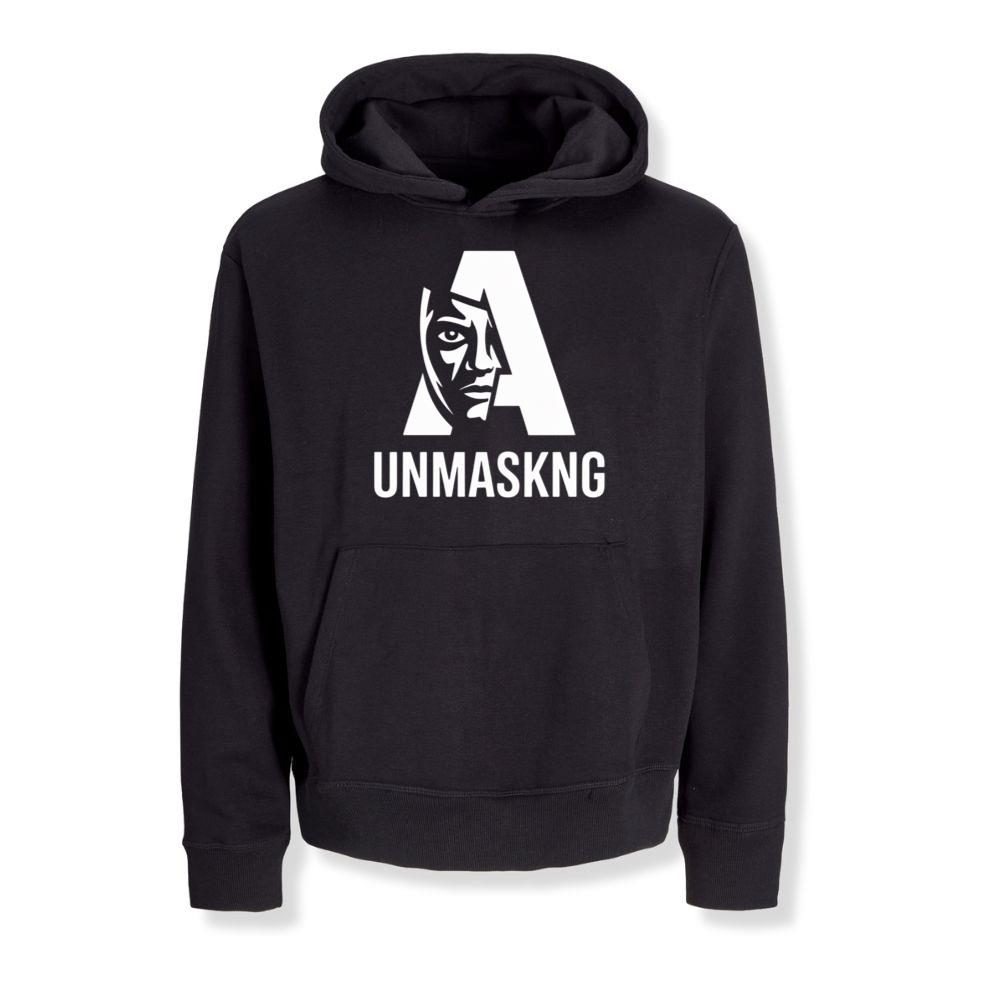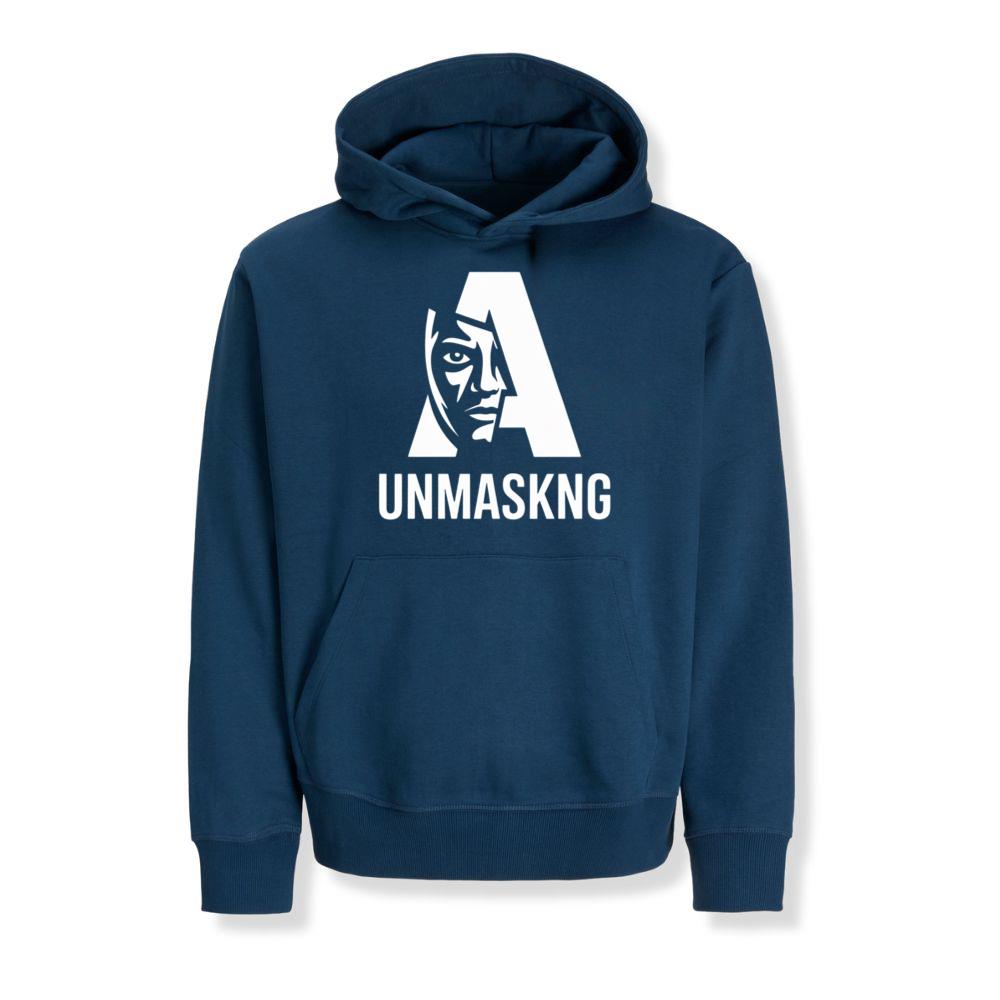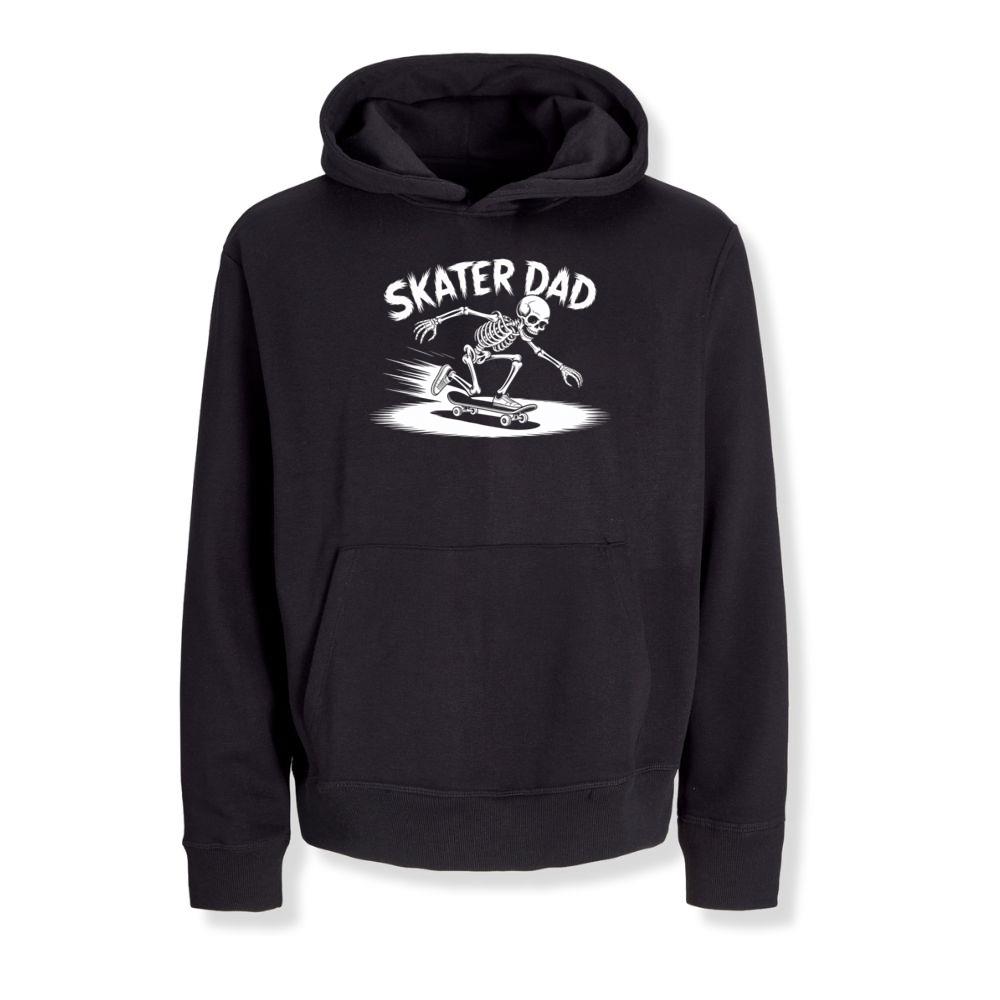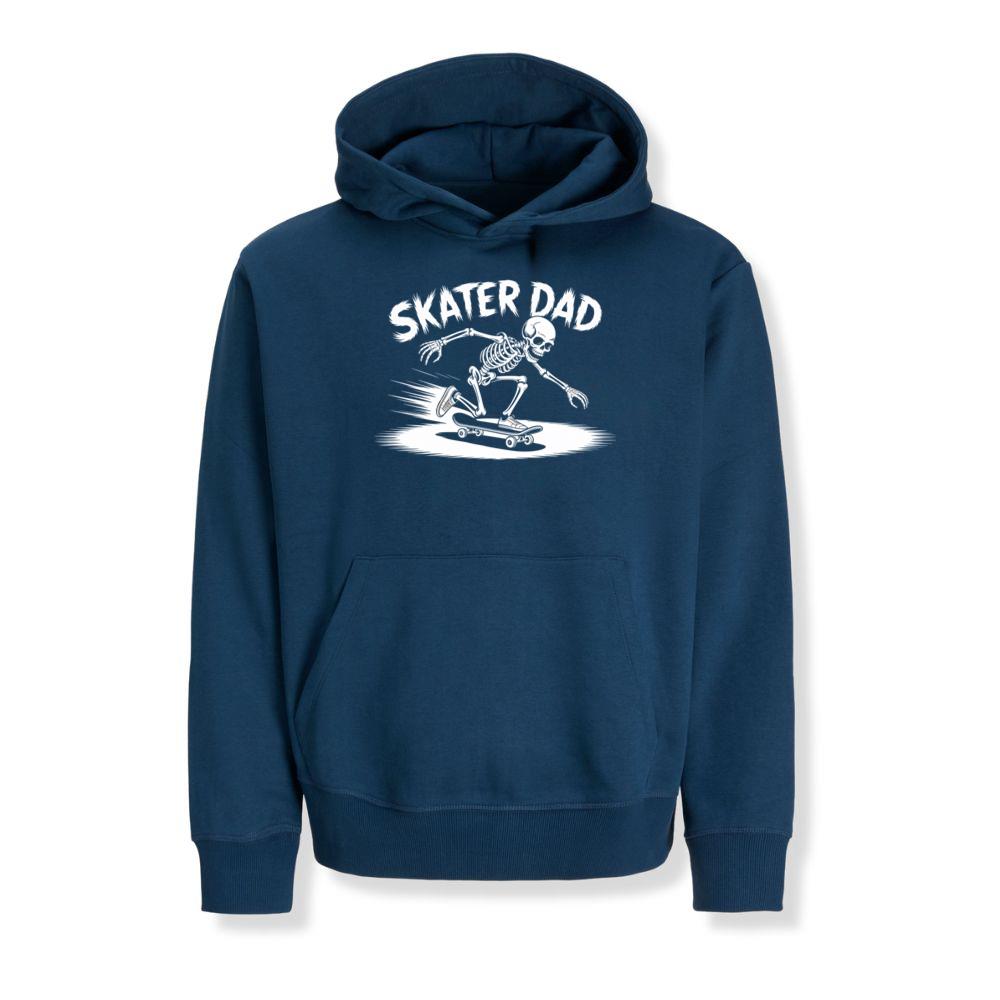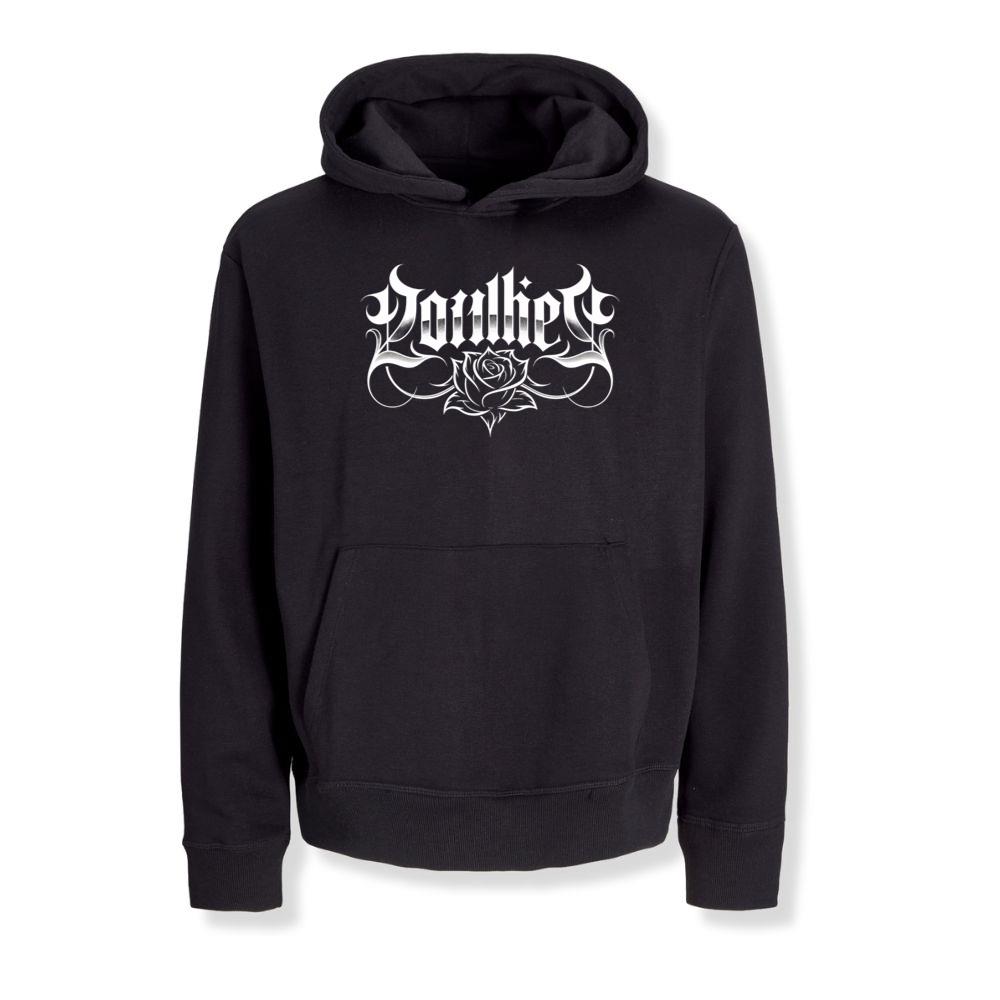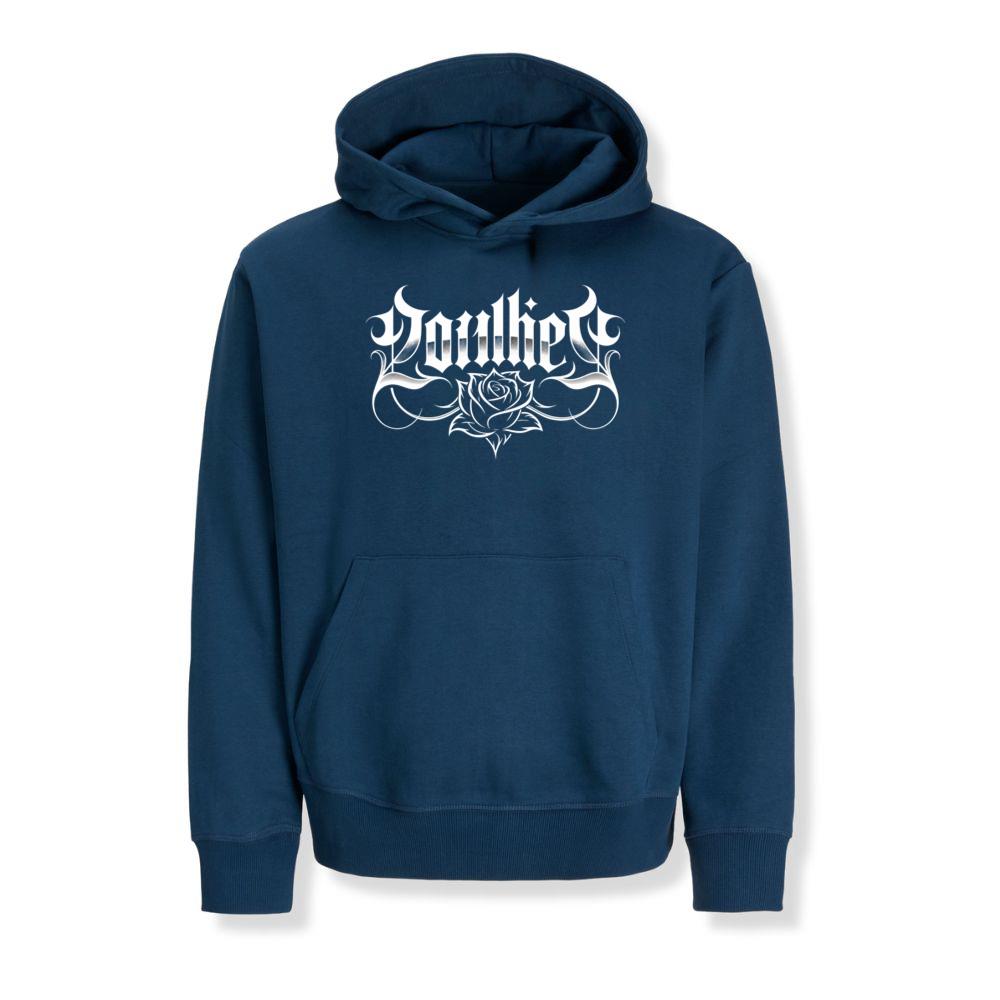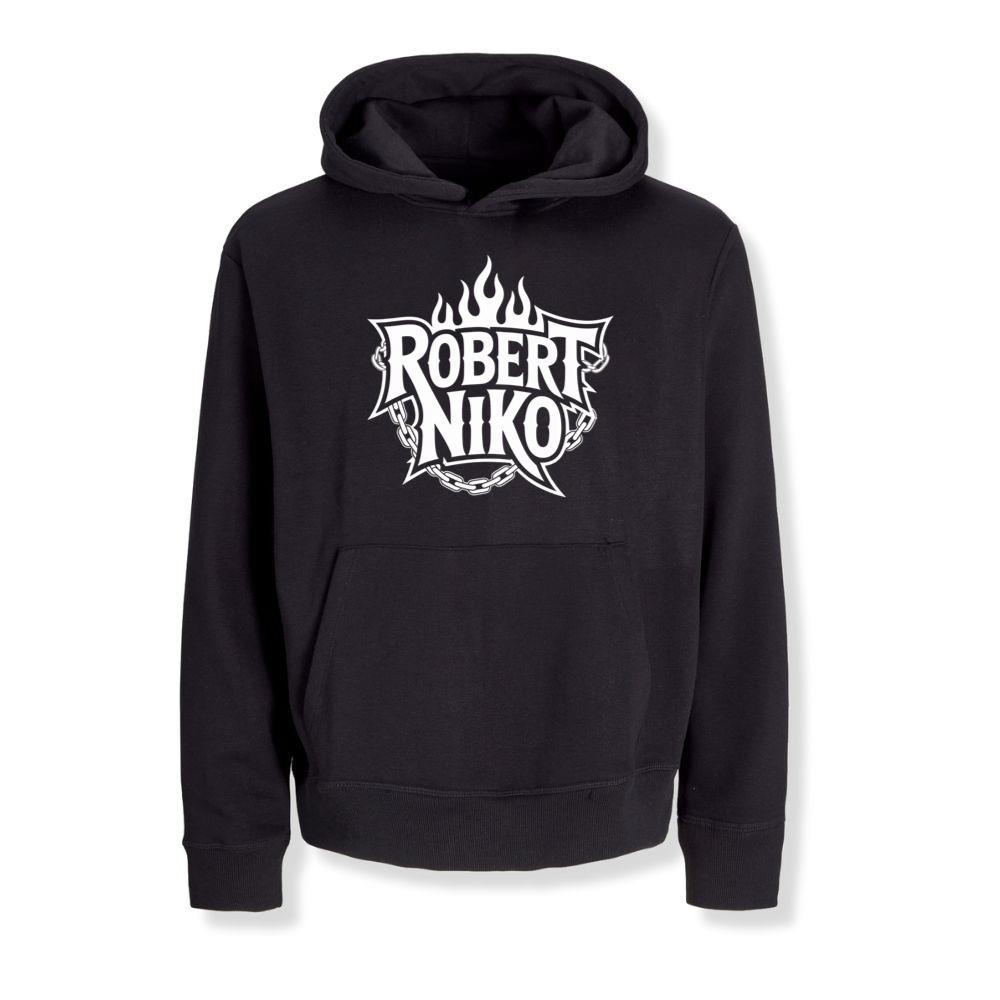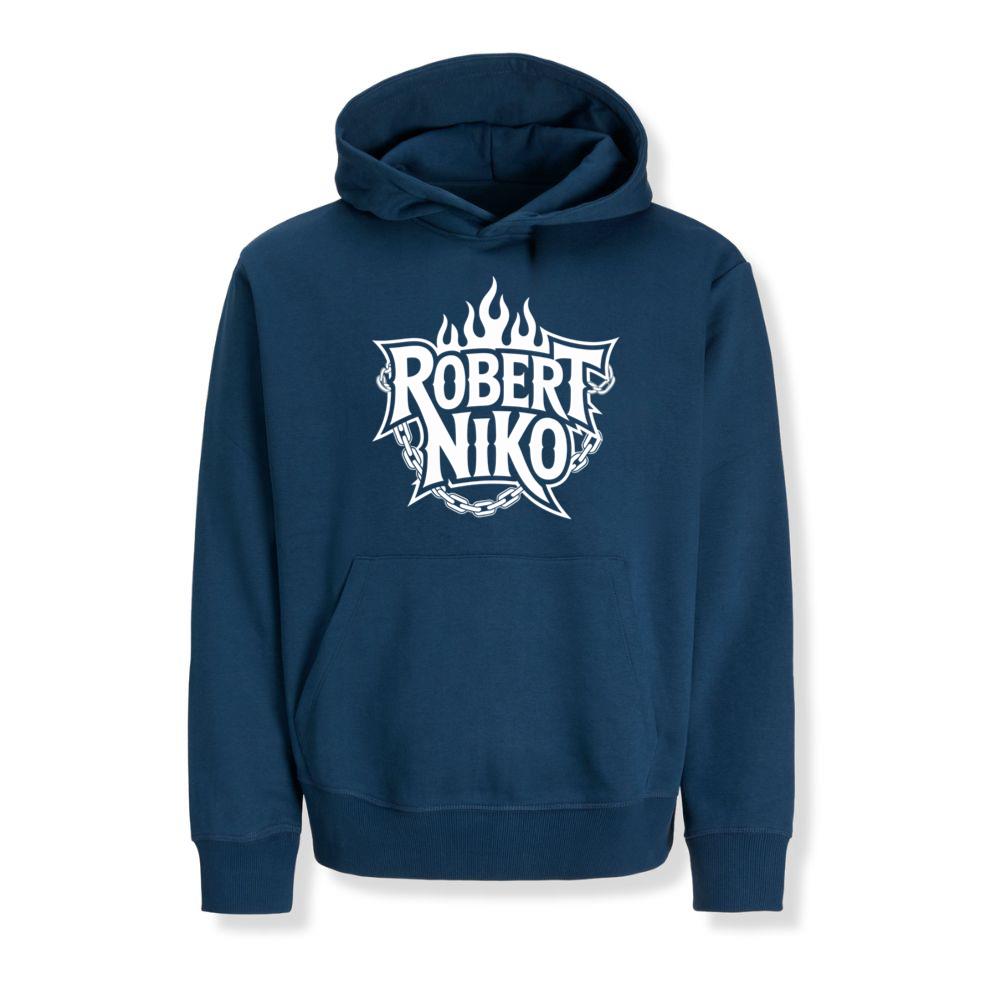Introduction
Fashion has always been an evolving language of self-expression, a way for individuals to communicate personality, aspirations, and cultural awareness without ever needing to speak. In 2025, the conversation surrounding style is shifting in a groundbreaking direction where luxury no longer means restriction or impracticality. Instead, it now merges seamlessly with comfort, creating a balance that empowers people to enjoy the sophistication of high-end aesthetics while embracing functionality suitable for everyday living. This union signals a transformative moment in the industry, one that redefines how elegance can be worn and experienced on a daily basis.
The phrase Luxury Meets Comfort embodies a philosophy rather than just a seasonal trend. It suggests that fashion is not limited to runway glamour or exclusive evening events but extends into all aspects of daily life—whether someone is commuting through a bustling city, working remotely, meeting friends, or traveling across the globe. Elevated everyday style in 2025 represents a blending of two worlds that were once considered opposites: the polished refinement of couture and the effortless ease of relaxed attire.
The growing influence of technology, sustainability, and inclusivity has made it possible for designers to rethink traditional approaches. Innovative fabrics, sustainable practices, and designs created for diverse lifestyles ensure that fashion meets both emotional and physical needs. As people prioritize well-being alongside aesthetics, the demand for garments that marry opulence with wearability continues to rise. This article explores how that balance is achieved, why it resonates so strongly today, and where it is leading the industry in years to come.
The New Definition of Luxury in 2025
Luxury in the modern context no longer exists solely in the realm of exclusivity or unattainability. For decades, luxury was associated with price tags, rare materials, and an air of separation from the ordinary. In 2025, however, the definition has shifted dramatically to reflect cultural priorities centered on authenticity, quality, and meaningful connection. True luxury is found in how clothing feels on the body, how it performs in everyday environments, and how it aligns with a wearer’s values.
Designers are moving beyond surface embellishments or ornate excess. Instead, luxury is expressed through craftsmanship, innovation, and thoughtful attention to detail. The stitching of a jacket, the softness of sustainable fabrics, or the way a pair of trousers adapts to movement are now considered just as significant as brand prestige. This marks a return to substance over superficiality, where elegance is measured by longevity and adaptability rather than temporary spectacle.
Equally important is the emotional resonance of clothing. Consumers increasingly seek garments that provide both physical comfort and psychological reassurance. In a time when uncertainty often defines the global atmosphere, luxury represents not only an external symbol but also an internal experience of calm and confidence. By reimagining what it means to live in style, the fashion industry is making luxury an accessible feeling rather than an unattainable dream.
Comfort as the Cornerstone of Everyday Elegance
Comfort has emerged as the ultimate non-negotiable in clothing design, shaping the way people evaluate purchases and engage with fashion. Unlike previous decades where elegance was often synonymous with rigidity—tight tailoring, restrictive fabrics, or impractical silhouettes—modern fashion places ease at the very foundation of style. Comfort is not the enemy of sophistication; rather, it is its enabler.
The past years have highlighted how essential versatility and wearability are in daily life. Work-from-home culture, dynamic travel, and an emphasis on well-being have reshaped consumer expectations. Today, clothing must not only look appealing but also support a lifestyle that demands movement, adaptability, and long-lasting use. Designers are responding with elastic waistbands hidden beneath sleek designs, fabrics engineered for breathability, and layering pieces that flow effortlessly between casual and formal occasions.
What distinguishes comfort-driven elegance in 2025 is the rejection of compromise. Previously, comfort was often considered less stylish, associated with loungewear or athleisure that lacked the refinement of luxury attire. Now, the fusion of high-quality textiles, innovative tailoring, and sustainable production ensures that garments offer both beauty and ease. This harmony speaks to a broader cultural mindset: people no longer want to sacrifice well-being for appearance. Instead, they demand both simultaneously, signaling a holistic evolution in how fashion serves daily life.

